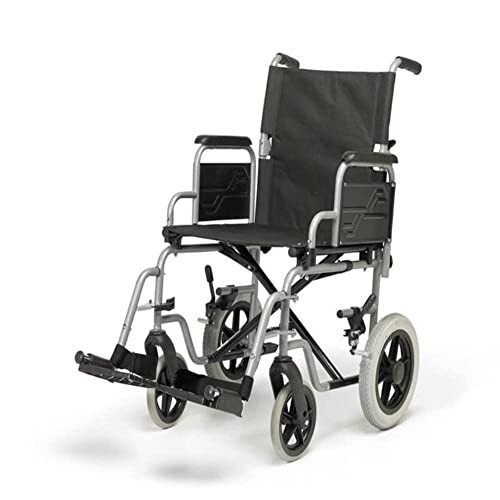Mobility Scooters: A Comprehensive Guide
Mobility scooters have ended up being an important mode of transportation for numerous people facing mobility challenges. This article explores the various aspects of mobility scooters, including their types, advantages, functions, and a guide for potential buyers.
Understanding Mobility Scooters
Mobility scooters are electrically powered gadgets developed for individuals with limited mobility. They supply a means of transportation for people who may have difficulty walking however still desire to maintain their self-reliance. They are available in various styles and functions to accommodate a vast array of requirements.
Types of Mobility Scooters
Mobility scooters can usually be classified into three primary types:
| Type | Description | Best For |
|---|---|---|
| Compact Scooters | These are small and lightweight, perfect for inside your home and short trips. | Users with limited storage space or those who travel frequently. |
| Mid-size Scooters | A balance in between portability and stability, appropriate for both indoor and outdoor usage. | Those who need to cover a range of surfaces. |
| Heavy-duty Scooters | Big and robust, designed for rugged outdoor usage and heavier individuals. | Users needing additional weight capacity or going off-road. |
Key Features of Mobility Scooters
The choice of mobility scooter typically depends on the functions that align with private needs. Here are some of the essential functions to consider:
- Weight Capacity: Mobility scooters come with various weight limitations. It is important to choose a scooter that can adequately support the user's weight.
- Variety: The distance a scooter can take a trip on a single charge differs. Depending upon user requirements, one may go with scooters with a series of as much as 40 miles.
- Speed: Most mobility scooters can reach speeds between 4 to 8 miles per hour. Consider what speed is comfortable and safe for the designated environment.
- Turning Radius: A compact turning radius is necessary for indoor usage, enabling for simpler navigation in tight areas.
- Battery Type: The kind of batteries utilized can impact the scooter's performance. Lead-acid and lithium-ion batteries are the most common.
Benefits of Using Mobility Scooters
The benefits of mobility scooters extend beyond simply transport. Some key benefits include:
- Independence: Users can browse their environment without relying on caretakers, promoting independence and self-esteem.
- Health Benefits: Using a scooter can encourage outdoor activity, resulting in physical and mental health improvements by reducing sensations of seclusion.
- Convenience: Scooters can quickly be operated in different environments, whether inside your home, in shopping center, or outdoors.
Important Considerations When Buying a Mobility Scooter
When purchasing a mobility scooter, a number of factors to consider can help make sure that you choose the right design:
Assess Individual Needs:
- Mobility level: Consider just how much support the individual will need.
- Variety of usage: Determine where the scooter will mostly be used (inside your home, outdoors, on rough surfaces, and so on).
Test Drive:
- Always test drive several designs to discover an ideal fit. Focus on comfort, ease of steering, and the scooter's responsiveness.
Review Safety Features:
- Look for scooters with appropriate safety functions like lights, signs, and anti-tip styles.
Examine Warranty and Service Options:
- A reputable guarantee and available service choices are important for long-term usage.
FAQs about Mobility Scooters
1. How quick do mobility scooters go?Mobility scooters generally have speeds varying from 4 to 8 mph, with the majority of designed for security instead of high-speed travel. 2. Are there weight limitations on mobility scooters?Yes, mobility
scooters feature particular weight limits, typically ranging from
250 pounds to over 500 lbs, depending on the model. 3. you could try here be used indoors?Certain designs, particularly compact scooters, are particularly designed for
indoor use and are easier to steer in tight spaces. 4. How typically do the batteries need to be replaced?Battery life can vary based on use, however generally, with proper care, batteries might last in between 1 to 3 years before requiring replacement
. 5. Are mobility scooters covered by insurance?Coverage can differ, however some insurance plans, consisting of Medicare and Medicaid, may cover part of the cost. It's suggested to contact specific insurance service providers. Mobility scooters serve as a
valuable tool for lots of individuals, allowing them to preserve
their flexibility and independence. By comprehending the different types and functions of mobility scooters, individuals can make informed decisions tailored to their particular requirements.
Whether utilized for errands, mingling, or leisurely activities, mobility scooters can improve the lifestyle for those with mobility restrictions. Investing in a mobility scooter is a decision that can considerably impact an individual's every day life. Therefore, people need to carefully assess their options and choose a design that best lines up with their way of life and mobility requirements
.

